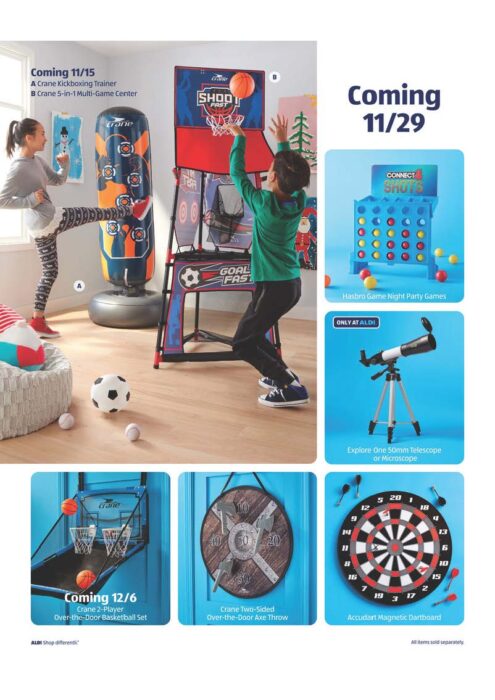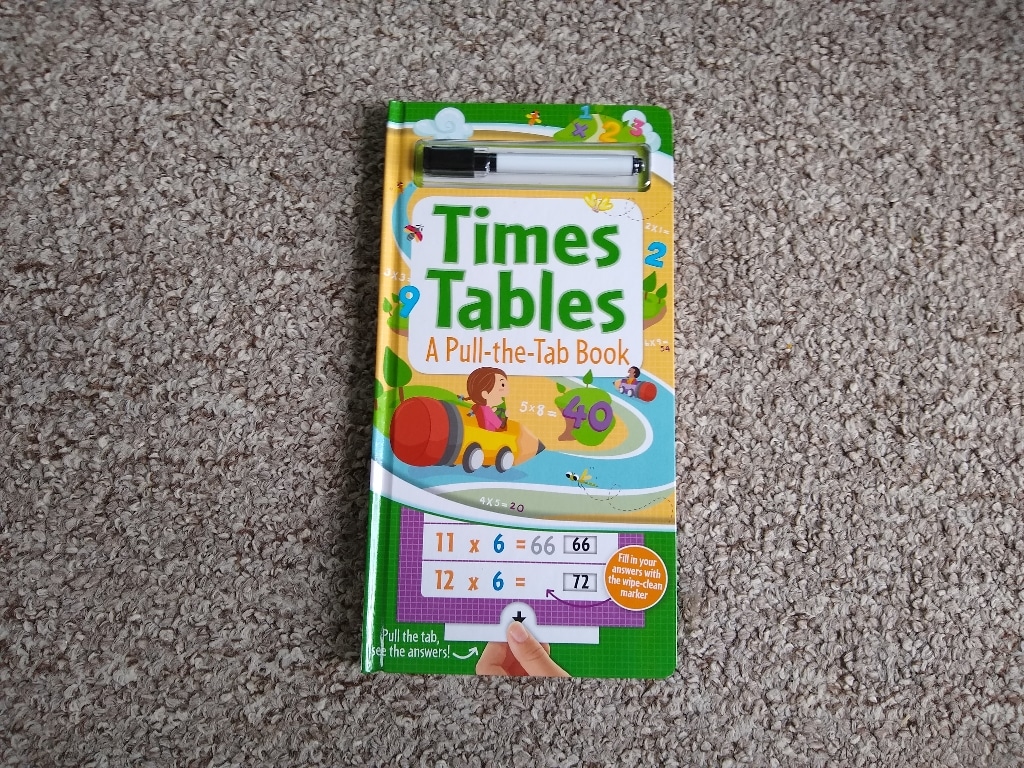For most Gen X kids growing up in the 1980s, few things were more exciting than getting Christmas catalogs in the mail. These printed catalogs were often large, potentially spanning several hundred pages. My siblings and I would comb through through them, circling the things we wanted, and showing them to our parents. Sometimes our efforts even paid off.
Several companies printed catalogs, including department store J.C. Penney, but the Holy Grail of them all came from Sears. Sears Catalogs had a rich history going back to the 19th century, with almost every item you can think of inside its covers, from toys to clothes to, for a time, even houses.
The rise of the Internet, and later Amazon, put an end to big print catalogs. What’s more, many of the companies that once made catalogs failed to keep up when shopping went online. At the time of this post, Sears and J.C. Penney are both on life support. The era of their business model appears over, and conventional wisdom holds that print guides aren’t as relevant in a more digital world.
Aldi, as always, has long been in the business of throwing conventional wisdom on its head. The brick-and-mortar experience of Aldi is still its biggest business, with print ads waiting for you at the door and the middle aisle calling your name. But Aldi has also proven to be digitally savvy, with its online ads, delivery services, and now curbside pickup. The company is mostly old school, but with a healthy blend of new school.
That mix of old and new is on full display this year with Aldi’s product guides. We’ve seen a fall version, a Thanksgiving version, and, most importantly, a Christmas one. We haven’t seen print versions in our stores, but the digital ones certainly have the look of a print catalog, with bright showcases of some of the biggest Aldi Finds coming to stores during that time. The pages look more at home in a department store or big box store than a grocer.
These product catalogs really capture the genius of Aldi’s business model. Aldi knows that people have unique needs each time of the year, but as a low-inventory store it has limited space to meet those needs. By leveraging its middle aisle with the rotating stock of Aldi Finds, Aldi can push out different products during different times of year, giving people what they want when they want it. The temporary nature of those Aldi Finds adds a sense of mystique and anticipation.
You could say that Aldi runs a little department store in its center aisles. And, as we know, every department store needs a catalog. The Aldi guides do just that, channeling a micro-sized Sears with their glossy ads for everything that is heading to stores in the months to come. Aldi has a big enough fanbase without these guides, so their addition to Aldi’s promotional efforts only elevates the hype.
On a related note, my kids pored over Aldi’s digital holiday guide the other day. They’ve already told us what they wanted. Their efforts may or may not pay off.
Aldi’s efforts definitely have.






